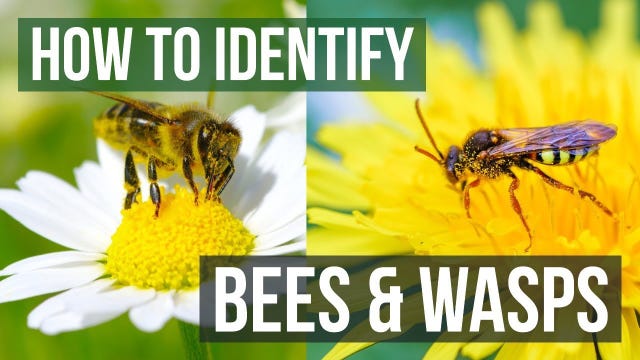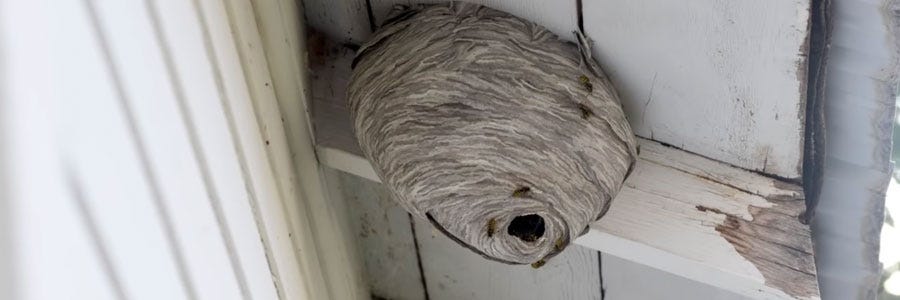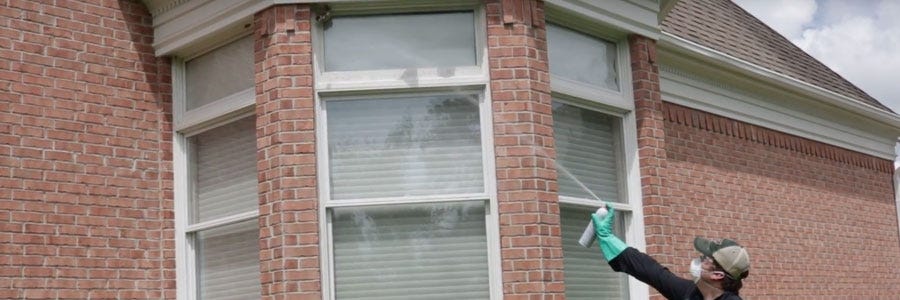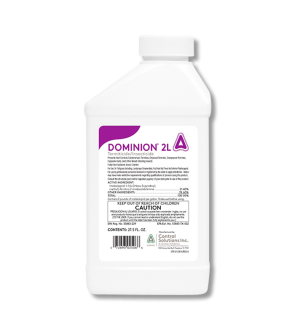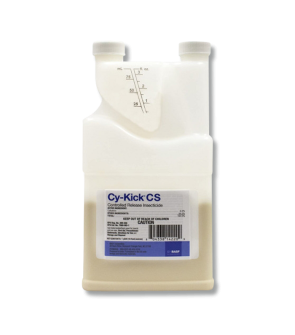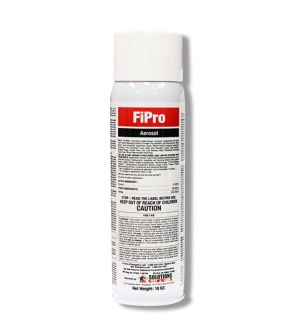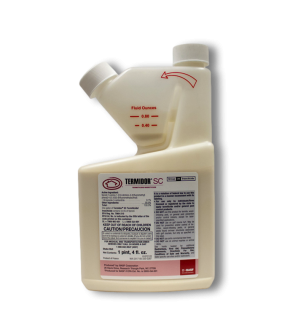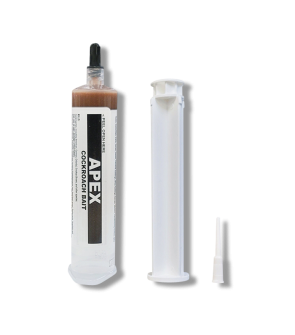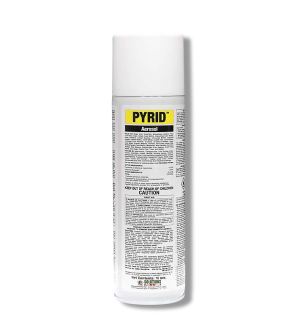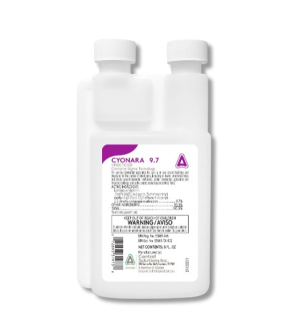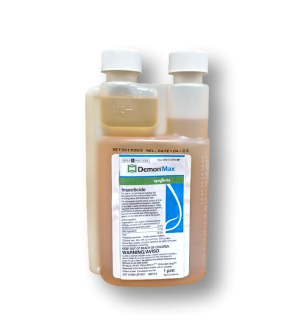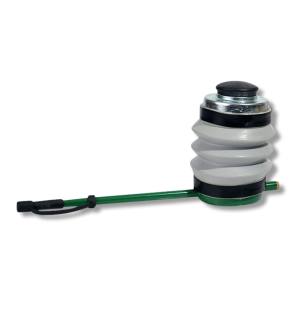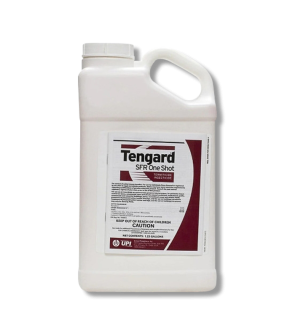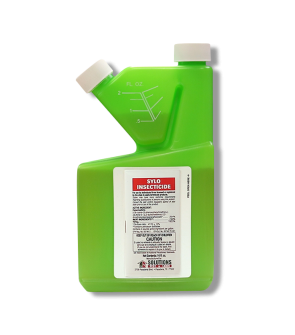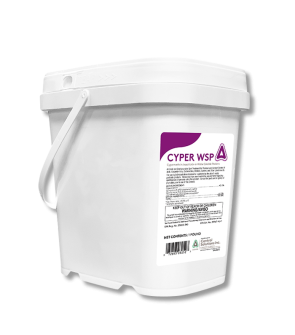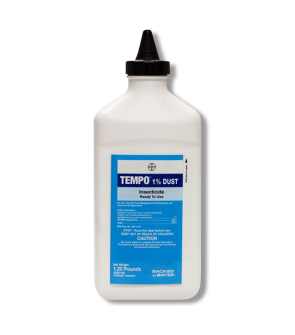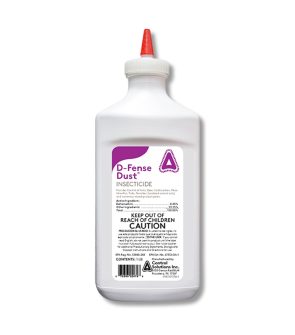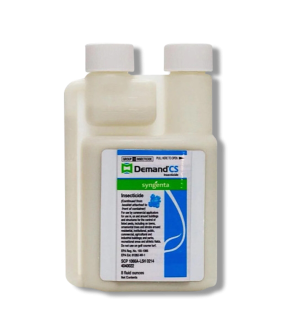Gain access to personalized product screening, the best pricing, rewards, and more!
Most Effective Products
Wasps & Bees Control: How to Get Rid of Wasps and Bees
This page is a general wasps and bees control guide. Using the suggested products and methods, you can control all wasp and bee species. The wasps and bees category pages give additional information on the different species. Follow these guides and use the recommended products, and we guarantee 100% control of all bees and wasp species.
Wasps and bees can be an alarming presence around homes and businesses, but they can become problematic when they have established a nest or hive on a property. Many fear wasps and bees because they fear getting stung if they get too close.
There are many species of bees and wasps, and their characteristics can vary. The common characteristics between them are flying, stinging insects prone to aggression if provoked and pollinators.
Wasps and bees build their nests close to food and building resources. Paper wasps, for example, build their nests using wood fiber and need to be close to wooden structures, which often happen to be homes and businesses.
If you are worried about bees and wasps invading your property, our DIY wasp and bee control guide can help you eliminate them. Follow our guide step by step using the professional products we recommend below to get rid of your bees and/or wasps infestation.
Identification
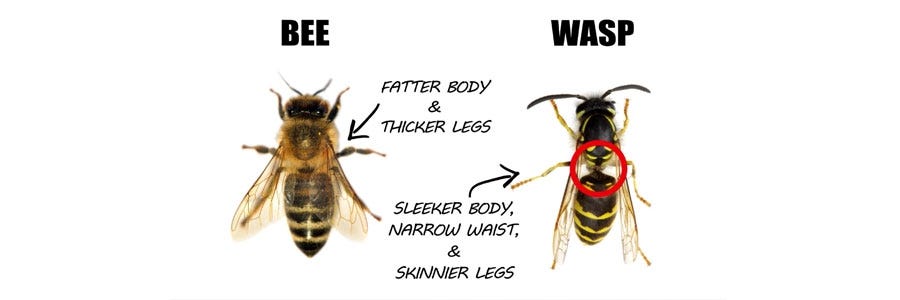
It's important to know exactly which wasp or bee you are dealing with before proceeding with a control program. There are many species of both wasps and bees, and their appearance can vary. It is easier to identify them by their nesting sites and their bodies.
- Bees tend to have fuzzy, thicker bodies and legs, while wasps are typically smooth and shiny and have narrower waists and legs. Bees' hairiness aids them in pollination, allowing them to collect more pollen on their hair.
- Bees colonies can be found on trees, ground, or wood. Honeybee nests are waxy and will have that distinctive honeycomb pattern, while bumblebees nest in the ground. Carpenter bees nest inside wood; you might see them inside if they've built a nest in the wall voids of your home.
- Wasps nests can be found on roofs, trees, patio fixtures, and the ground. Their nests are made from a papery, pulpy material that they gather from debris they find.
Use the image and description above to identify whether you specifically deal with a wasp or a bee.
Inspection
Once you have properly identified the flying pest as a bee or a wasp, proceed with an inspection to determine where they are nesting or active. Inspect during the day, when the nests will be buzzing with activity.
Where To Inspect
If you see wasps or bees indoors, inspect chimneys, vents, attics, basements, windows, and crevices. They most likely came from outside, so inspect eaves, siding, fascia boards, soffits, and below rain gutters.
Pay close attention to cracks and crevices in wood. Use binoculars to examine the area on top of the roof, near the chimney, and in possible cracks and crevices where they might harbor.
In the yard, look at trees, shrubs, branches, woodpiles, yard debris, and leaf litter.
What To Look For
You're looking for bees, wasps, and their nests. If you find a solitary bee or wasp, observe its flight pattern and follow it back to the nest. Get rid of wood piles, yard debris, leaf litter, and rocks in the yard. These items could be hiding holes or burrows where wasps/bees nest. Once you have identified their nests, you'll be ready for treatment.
Don’t be too afraid of the carpenter bees buzzing your head. The ones that make the most fuss are the males charged with protecting the nest. But the males don’t have a stinger. They charge at you and hope you run away.
Treatment
Once you have located the nest, it's time to begin treatment. Remember to read all product labels, follow their application instructions, and wear personal protective equipment (PPE) to stay safe.
Whether you are dealing with bees or wasps, we recommend treating any wasp or bee nest directly and knocking down lingering wasps and bees with Stryker Wasp & Hornet Killer.
Stryker Wasp and Hornet Killer is a Prallethrin-based insecticide that delivers instant knockdown of wasps, hornets, and bees, paralyzing them. Stryker can also be sprayed up to 15 feet away, delivering a jet stream application from a distance to keep you safe.
Step 1: Treat Nest and Stinging Pests with Stryker Wasp and Hornet Killer
Before spraying, wear long clothing to avoid stings, or you can always purchase a Bee Suit. Wait until the evening or night when all the bees/wasps are inside the nest.
Stryker Wasp and Hornet Killer comes ready to use. Shake, point, and spray. Spray directly at the nest entrance for 6 to 8 seconds. Drench the whole nest and kill the remaining wasps/bees. If any wasps or bees fly out, spray in a sweeping motion to attack them directly until they are incapacitated.
For nests in the ground, stand a safe distance away and spray sweepingly. Make the spray contact any wasps, hornets, or bees that escape from the hole opening. Then, move forward and apply a secondary blast of Stryker for 6 to 8 seconds into the nest hole.
Prevention
After you have treated the wasps and bees, you will want to make sure they don't make a return and re-establish a nest on your property. We suggest preventative measures to discourage wasps and bees from targeting your home.
- To prevent bees or wasps from forming large colonies in your structure, be diligent about knocking down recently built nests and using preventative applications such as D-Fender Dust and Sylo Insecticide.
- Apply D-Fender Dust to crevices and areas previously used by wasps and bees to set up nests to discourage rebuilding. Sylo Insecticide should be used to create a protective barrier around the perimeter of your home to discourage wasp and bee harborage further. Sylo has a 90-day residual effect, so you can treat your perimeter quarterly for year-long prevention.
- Spray the foundation of your home with Sylo Insecticide 3 feet up and 3 feet out from the foundation. Also, spray window frames, door frames, eaves, soffits, rain gutters, and areas where wasps or bees have been seen.
- Maintaining a clean yard means removing leaf litter and wood debris and preventing standing bodies of water from forming. Keep trash cans outdoors tightly sealed since yellowjackets and other wasps are attracted to food and may linger in the area.
Key Takeaways
What are Wasps and Bees?
- Wasps and bees are flying insects notorious for being aggressive, having painful stings, and setting up nests in and around residential and commercial buildings.
How to Get Rid of Wasps and Bees
- Our recommendation to get rid of wasps and bees is Stryker Wasp and Hornet Killer. Spray nests directly and contact any Wasps or Bees that fly out from the entrances.
Preventing Wasp and Bee Reinfestation
- Apply D-Fender Dust and Sylo Insecticide to prevent future reinfestations. These products will discourage the reestablishment of nests.






